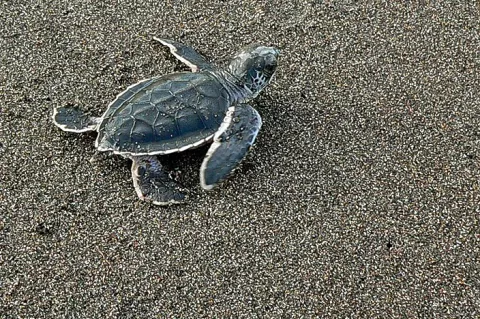New sensor can predict when turtle hatchlings emerge from nest
Part of sea turtle conservation involves monitoring when turtle hatchlings emerge from the nest and ensuring that they make it safely to the oceans. This method currently involves much manpower and cost, as we cannot predict the exact day and time of this occurrence.





